Although it weighs less than a soup spoon, the cavity-nesting, insect-eating, and curious Carolina wren seems to be using urbanization to their advantage — simply by using objects that humans provide.
As urban areas grow, impacts on wildlife increase. Pesticide use can cause low prey abundance. Clearing trees to build more houses and business buildings results in the lack of nesting habitat. Particularly with birds, research suggests urbanization can play a huge role in survival. However, the Carolina wren in particular seems to have found a few ways to assist with their urban occupancy.
Unlike other birds who may find it harder to adapt to urban areas, it seems that Carolina wrens may be finding ways to benefit from our human presence.
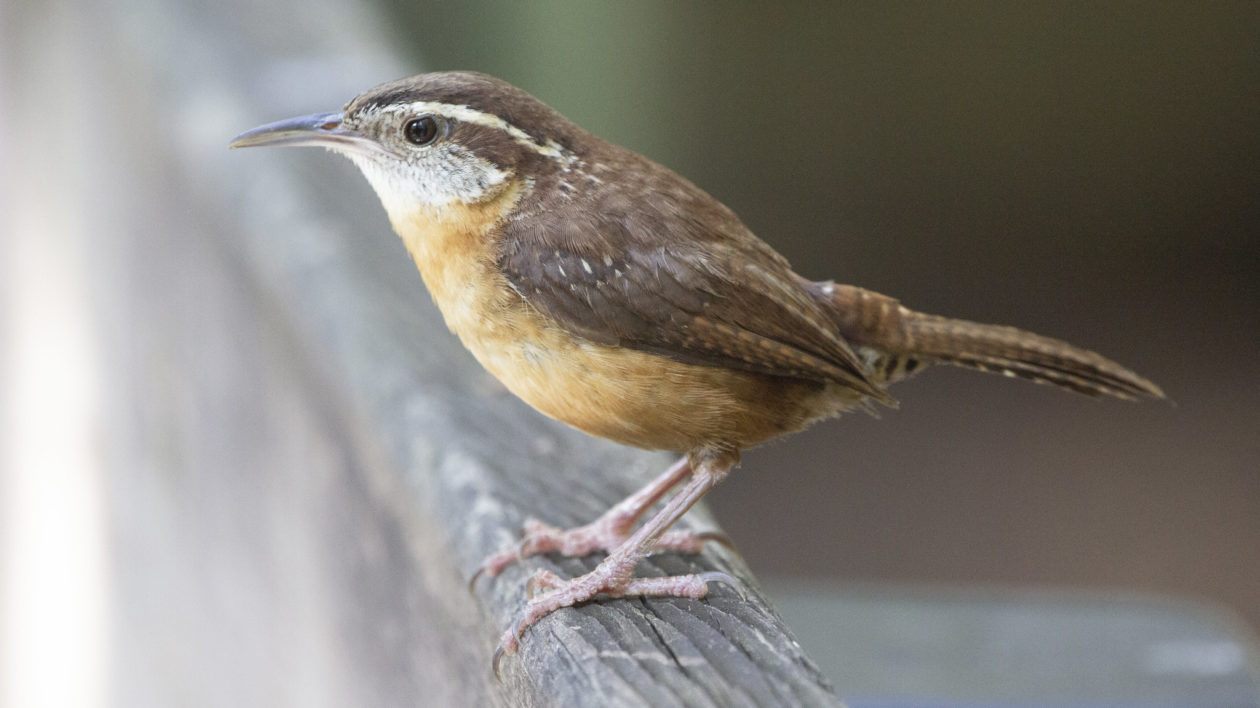
You may be hearing more of the very recognizable “tea-kettle tea-kettle” call and seeing more of the chestnut and cinnamon color of the Carolina wren throughout more urban and suburban areas. Although commonly found foraging and living in rural areas of open woods and backyards, the Carolina wren has also been bringing its activities to urban and suburban areas also.
The science and mystery behind a bird’s behavior and survival comes from observations and continuous monitoring. Jacob Malcom, director of the Center for Conservation Innovation at Defenders of Wildlife, expresses his passion about working with birds through various birding activities. He also expresses a notable soft spot for Carolina wrens.
“My start in conservation was through birds — including lots of Christmas Bird Counts, Breeding Bird Surveys, and even more bird banding (tracking birds) at migration stations and Monitoring Avian Production and Survivorship (MAPS) stations around the country, as well as other bird research spanning from northwestern Alaska to Venezuela,” he says. “However, wrens are one of my favorite groups…great behavior and personality, really tough to band if you’re not careful, and relatively abundant in most areas we go.”

For some birds living in urban areas, there are different challenges that they must overcome; one of those challenges is food. For the Carolina wren, the majority of their diet consists of spiders and insects such as grasshoppers, beetles, and crickets.
Malcom recalls an observation of foraging Carolina wrens while working from his home in Maryland which overlooks the Potomac River and Blue Ridge.
“Most of the time I’m on our patio where we let wildflowers grow up for pollinators and other critters,” he says. “Most mornings around daybreak, a pair of Carolina wrens will come through and work along the fence looking for new morsels for breakfast. Spiders are probably a common treat for them, but resting pollinators like native bees, flies, and moths are all quite abundant.”

Curiosity Helps the Wren
Unfortunately, the abundance of these insects are continuing to be impacted by urbanization practices, including pesticides.
Increased use of pesticides in urban areas decimate insect abundance. According to one recent analysis, more than 40% of insect species are declining and a third are endangered. If this decrease continues, this will impact many species groups, including birds like the Carolina wren that rely on this food source. Although it seems that a small number of adaptable species of insects are increasing in number, this increase is still not nearly enough to outweigh the big losses.
Not only are wren’s primary food sources continuously impacted, but sometimes their ideal nesting locations in urban areas may also be scarce. These lack of nesting locations might also pose a challenge.
With both of these potential challenges, it appears to help in their favor that Carolina wrens seem to be very curious; they seem to have found ways to utilize both supplemental food and nesting resources to assist with their survival in urban areas.
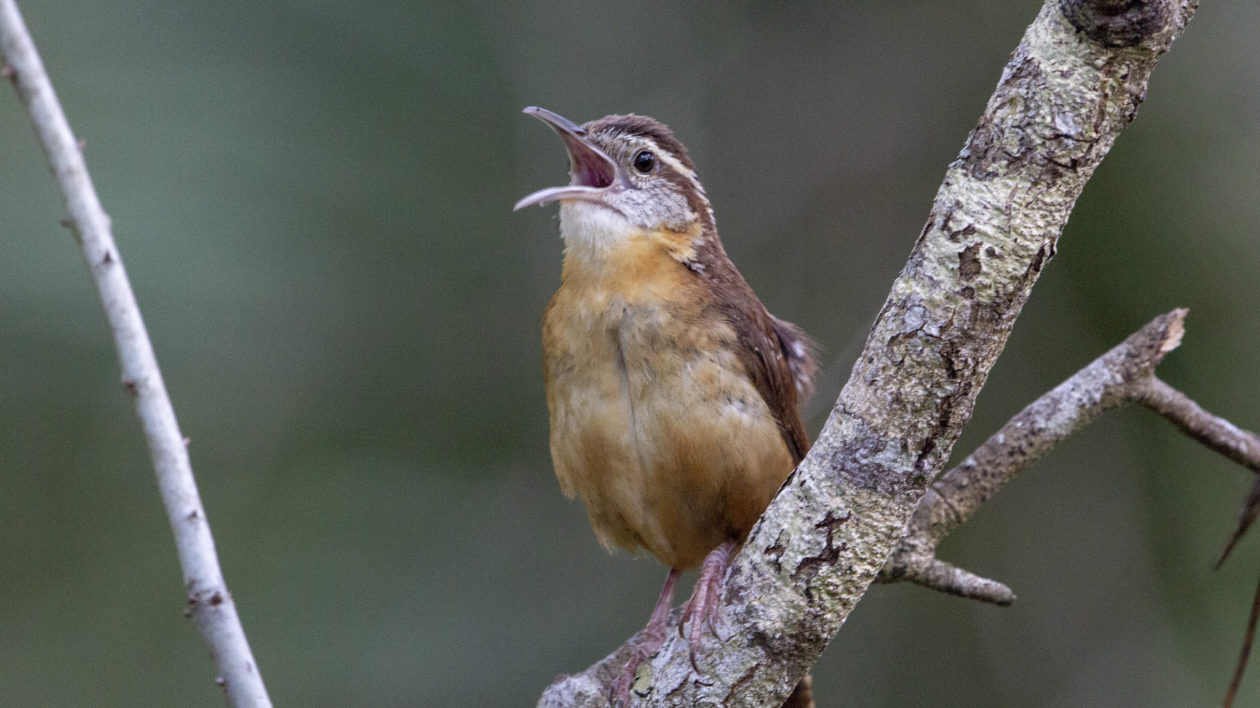
“Perhaps Carolina wrens’ habit of exploring human objects and structures for food predisposes them to be unafraid of unfamiliar objects,” says Dr. Jeremy Hyman, a biology professor at Western Carolina University.
Hyman, who completed his PhD work studying Carolina wrens, expresses his opinion about how urban areas may be impacting their food sources.
“As non-migratory birds, Carolina wrens have to deal with cold winter temperatures and snow. I imagine that as impervious surface increases, and vegetation cover and leaf litter decreases, the food supply, particularly in the winter, becomes too low to support a bird that forages primarily on the ground for arthropod prey.”
To combat low insect populations, some people will provide birds with food at feeders. One study found that Carolina wrens in urban areas benefit greatly from visiting feeders. By analyzing Carolina wren feeder responses in residential, city parks, and urban areas in a northern location, their findings proposed that wrens frequently visited feeders and that bird feeders in general were helpful, especially during the winter months when insect populations were lower.
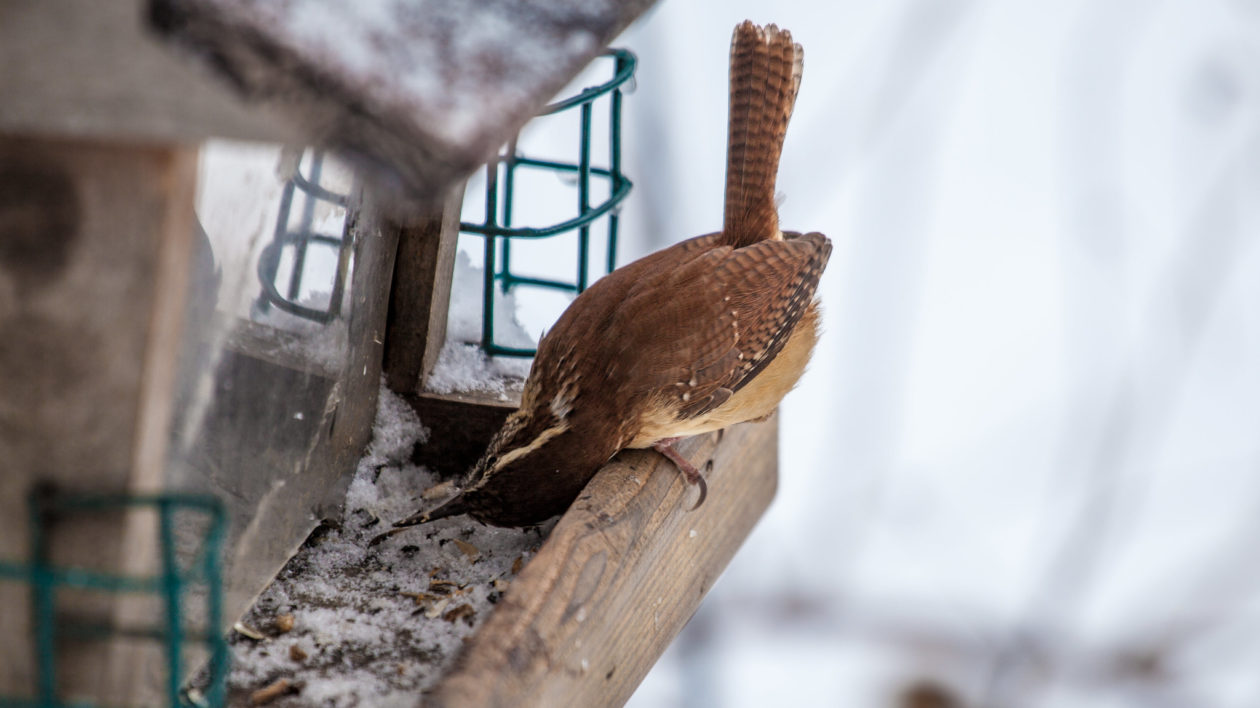
In urban areas, wrens have become versatile nesters and have gotten creative when it comes to their nesting locations. One recent study noted some to build their nests in garden pots. They have also been known to nest in other peculiar places such as mailboxes and even shoes left outside for long periods of time! wrens may particularly like starting nests in reusable shopping bags hanging from a rack or find nooks and crannies in shelf storage areas if the garage door gets left open. They might even seek shelter under cars or even in spare tires.
“I live in a very rural, highly forested neighborhood, and the last 2 years in a row, Carolina wrens have nested successfully in the spare tire on the back of my car,” recalls Hyman. “Luckily, I didn’t have to drive much this summer.”
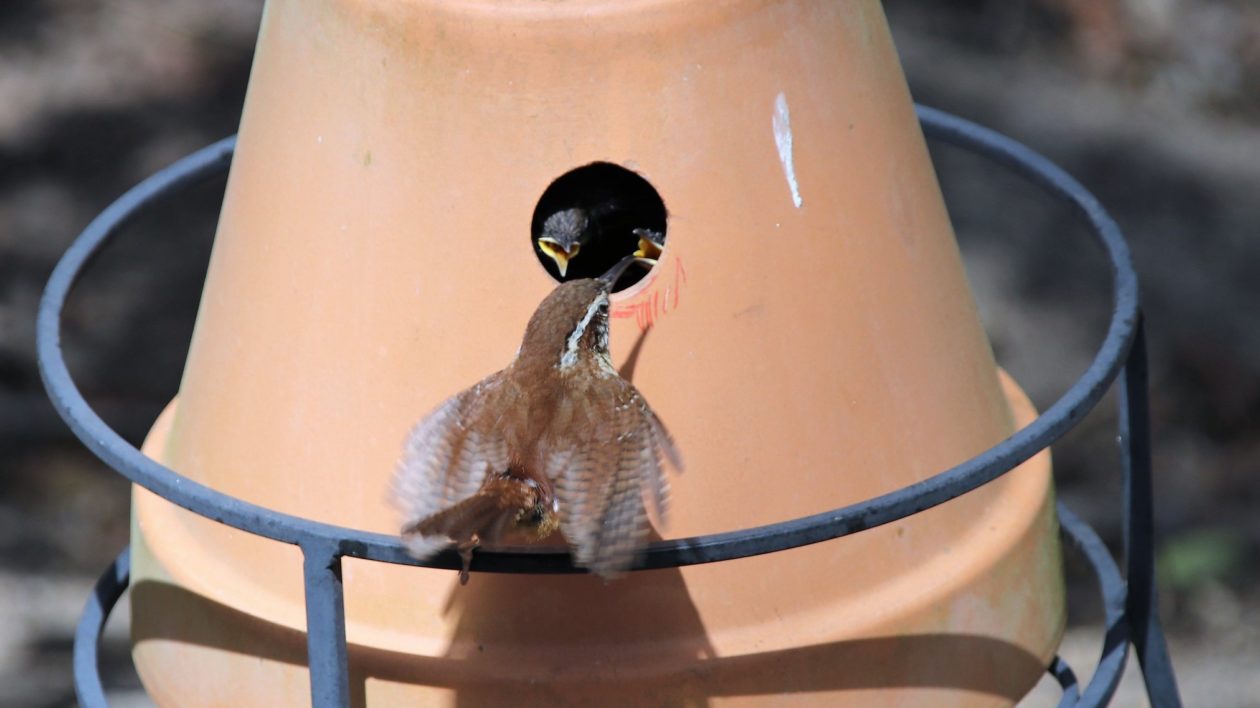
Welcome Wrens with Feeders and Nests
Although the Carolina wren seems to have things under control, humans can still continue to help them out. Continuing to provide alternate food sources (such as bird feeders) is one way. Providing more nesting locations such as nest boxes provides another choice when choosing a safe and secure nesting location (read more on Carolina wren nests in my next blog post).
Although the use of feeders and humanized nesting locations seem to be assisting Carolina wren’s living in urban areas, it does not mean these little birds are guaranteed a secure future. There is no single metric used to measure urbanization, and therefore, there are several problems associated with determining a species’ success. For instance, other aspects of avian survival caused by a growing urban population affecting Carolina wrens as well as other birds include migration, predation, and communication between species.
There is no doubt that these interactions exhibited in urban and suburban areas by the Carolina wren open up new research opportunities to explore other potential behaviors and interactions in other species of birds. What are other species possibly doing to adapt to urban areas, and more importantly, why do they choose to stay?
“Like the Carolina wren, other species may seem predisposed to do well in urban areas,” says Hyman. “More research might be required to understand if there are ecological correlations which explain why some birds may not show any indications to flee.”
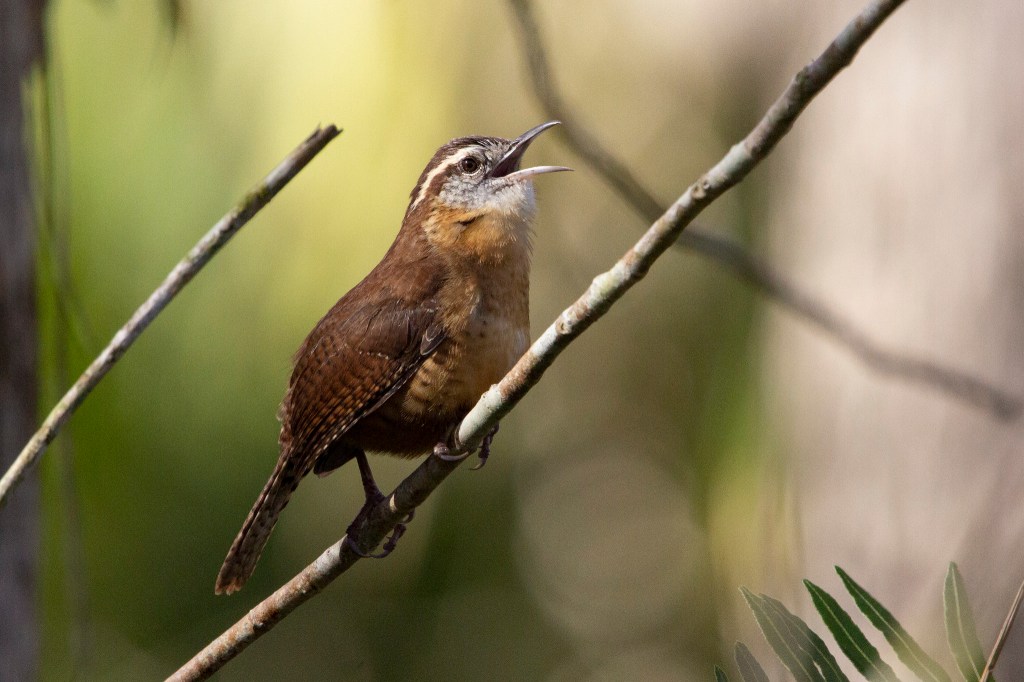



I currently have a wren family living in my garage 🥰 I keep the garage side door open during the day and they come and go as they please. I can hear the babies chirping occasionally but haven’t actually seen them because I’m afraid I’ll disturb them. The nest is on a shelf on my workbench. I love that they’re completely safe from predators and bad weather. Smart birds